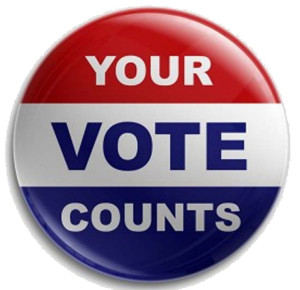By Megan Murphy
Editor-in-Chief
Voting is not just a privilege, it’s a civic duty. If you want your voice to be represented in government, you need to vote. In most cases, this is pretty easy to understand, as most elections are based on a popular vote. The candidate with the most support wins the election. Simple, right? Well, not in the presidential election.
Technically, we the people don’t directly elect the president. That duty falls on the electoral college. The electoral college is comprised of 538 people from across the country who are chosen to cast their ballots for the candidate that won the popular vote in their state (save a couple of exceptions). Each state has a different number of delegates based on population (Missouri has 10) A candidate must receive 270 electoral votes to win the election, as that is more than half of the electoral college.
Many people have misconceptions about how the electoral college works. I can’t tell you how many times in the last election I saw people complaining that they weren’t going to even bother voting for Clinton if they lived in a “red” state because their vote wouldn’t count, and vice versa. This couldn’t be farther from the truth. Although it would be quite a feat for a Democratic candidate to win a traditionally Republican state, it’s not altogether impossible, and it certainly couldn’t hurt for Democratic voters to turn out and cast their ballots. They still count towards the state total, which is what the electoral college is based on. After it’s known which candidate won a certain state (say, Missouri), the electors from that state and party will cast their ballots for the candidate. In the case of the 2016 election, Missouri’s electoral votes went for Trump, as you should know.
This brings me to my next point, young voter turnout. In the demographic of Millennials (ages 18-35), the voter turnout was slightly higher than in previous elections– at 49.4% according to Pew Research Center. For younger voters (18-24) that turnout had also increased to just 43%. In my opinion, that’s just sad. Compared with the turnout for Baby Boomers and the Greatest Generation, at 68.7% and 70.1& respectively, such a low turnout is really, really pathetic. Even Gen X fared much better with turnout, with 62.6%. From what I saw on social media during the election, a lot of young people were misinformed or uneducated about how the election process and voting even work, BUT that is a whole other issue for another day.





Leave a Reply